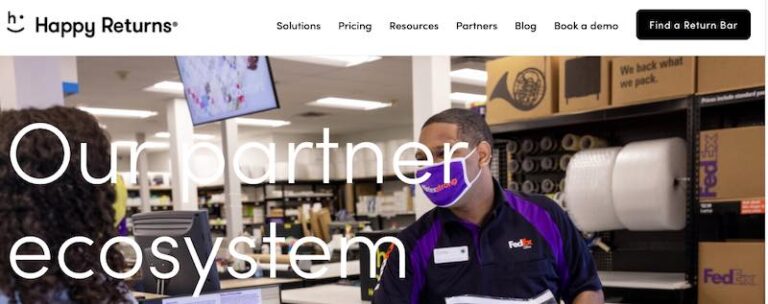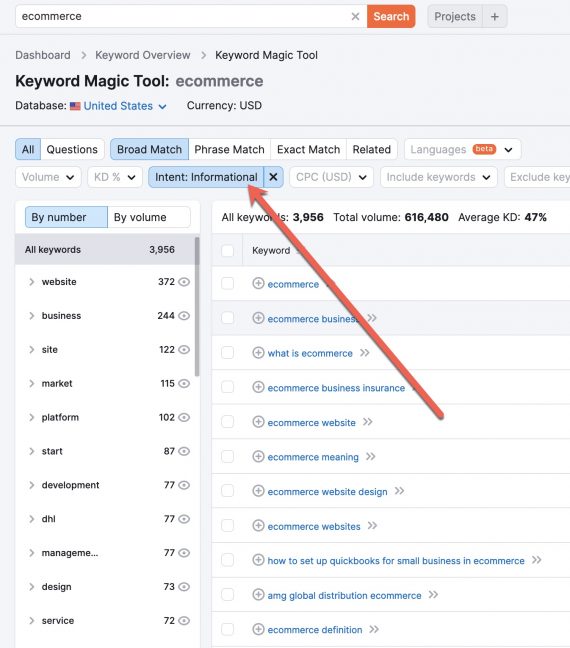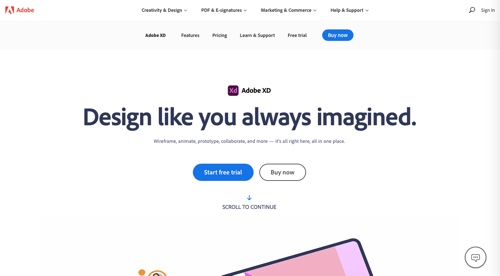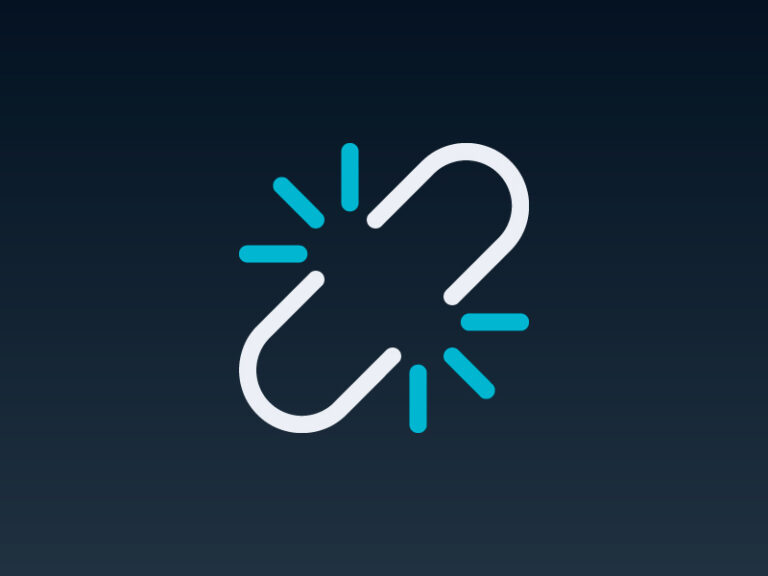
Urban then segments its data and syncs it to multiple platforms to generate customer communications across email, SMS and even direct mail, using Iterable to optimise the right combination of channels and journey, to send the right message at the right time.
With such success under Urban’s belt, what tips does Williams have for other brands wanting to boost their personalisation strategies?
“I would definitely start with making sure your data is all available in one place, easy to access by all of the members of your team that need to create personalised campaigns,” Williams advised.
“Then use every input possible to understand your customers, making sure you can target them with the right message at the right time. With that, take a cross channel approach to communicate with your audience. Then keep iterating – don’t rest on your laurels. Always be prepared to tweak, improve, enhance, learn from customer feedback and change your user journeys.”
Williams broke Urban’s data usage into three categories: transactional data, user-generated data and customer profiling and analysis, with all information synced within its data warehouse, which lies at the centre of the brand’s marketing technology stack.
“We’re starting to use machine learning models that we built to predict individual customers’ behaviour. We’re surfacing this information in easy-to-read visualisations, such as areas where individual practitioners get the most bookings, or the potential areas they could work nearby to gain more similar customers. We could also show what hours of the day or days of the week they could work to find even more customers that would suit their profile,” revealed Williams.
“As part of the onboarding journey, it asks users what they’re interested in using beforehand, then we’ll use that to send them a series of campaigns over their first month. And we’re using that data to make sure the content track we provide an individual gives them the right information,” said Williams.
Data-driven actions
Ensuring practitioners work in the right areas, and at the right times, is paramount to optimise the time that they make available on the platform, he added. So, Urban links customer preference data back to particular practitioners’ profiles to send highly personalised campaigns to them, so they can take advantage of data-driven actions.
Watch the Econsultancy Live session, ‘Personalised customer engagement strategies for 2021’, on demand
Not only did it pivot towards an expert video content offering, as founder and chief technology officer Giles Williams revealed at Econsultancy Live, it also supercharged its data-led personalisation strategy by working with cross-channel growth marketing platform Iterable.
Uplift from personalisation
In terms of results, “the proof is in the pudding”, Williams added. “We’ve already seen quite a big uplift thanks to our personalisation efforts during reactivation campaigns. One thing we’re excited about is a forecasted 153% potential revenue uplift for practitioners if we’re able to optimise their geography and working hours.”
“So as an employee [of an organisation where wellness sessions are offered], you’ll receive weekly reminders of what services are available, reminders leading up to the sessions you’ve booked, and those will embed calendar links to make sure you turn up on time. Post-session, we’ll collect your feedback. We use that to inform future email campaigns. So for example, if you enjoyed your yoga session, we make sure you know when yoga is next available at your workplace.”
Urban’s business proposition of creating face-to-face connections between consumers and wellness practitioners needed a serious rethink once the global pandemic took effect.
“User-generated data is based on more explicit preferences, where we’ll ask customers questions that will then guide their experience later on. Finally, in customer profiling and analysis, we’ve been using business intelligence systems to find specific sets of users to tell us something very targeted. Looking ahead, we’re starting to use machine learning to discover patterns, and then use that to inform who to target.”
Use every input possible
Another way in which Urban uses personalisation is through its ‘Wellness at Work’ onboarding flow.
Another key focus for Urban this year has been around targeted reactivation. “We’re using machine learning models and customer profiling to match a practitioner profile to someone a customer might typically book, and we can send targeted campaigns with additional recommendations in follow-up campaigns,” said Williams.
“Transactional data is based on operational activity. For example, that might be people opening our app, favouriting a particular practitioner or ordering a massage, which might give you different instructions for how to prepare your space versus a [personal trainer] session, for example,” Williams explained.






